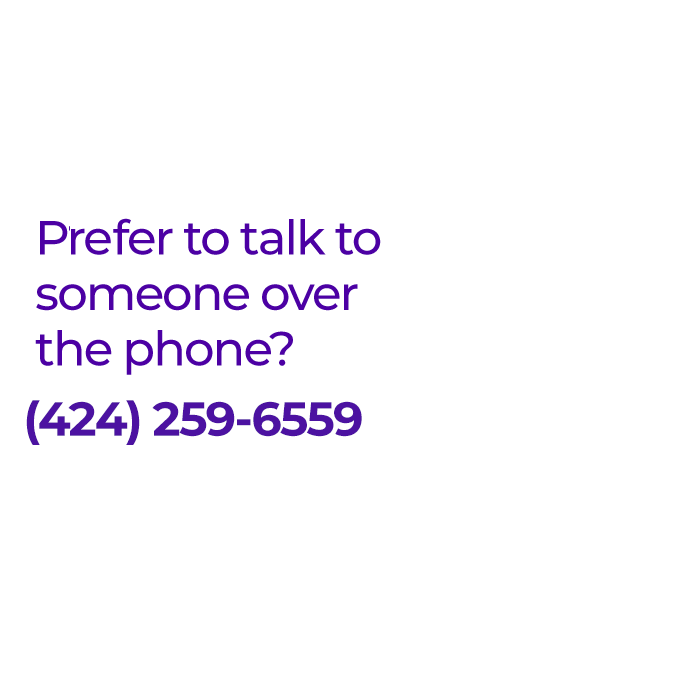Even 7 years after its 2014 FDA approval, Inspire Upper Airway Stimulation remains an interesting option for patients with obstructive sleep apnea who do not tolerate positive airway pressure therapy. We have adopted many innovations related to surgical implantation, including the use of the recently-approved surgical technique reducing the number of incisions from 3 to 2. We have actually led an important study involving multiple busy centers from around the world examining drug-induced sleep endoscopy and Upper Airway Stimulation. A previous blog post highlighted this scientific evaluation that showed how we can move beyond the basic use of drug-induced sleep endoscopy in standard practice to use drug-induced sleep endoscopy to identify patients who are better (or worse) candidates for Upper Airway Stimulation.
Upper Airway Stimulation often has an easier recovery compared to other sleep apnea surgeries. One question has been whether patients can go home right after surgery. We have typically asked patients to stay overnight in the hospital as a precaution, as we can more closely monitor their vital signs (especially during sleep) and make sure they are not experiencing any problems from the surgery, including those that can arise due to their receiving general anesthesia. Over time, I gradually transitioned to allowing patients to leave the hospital after surgery if they were completely stable in the recovery room after surgery and if they preferred to go home. The COVID-19 pandemic has accelerated the transition, as now, more than ever, it is better to be away from others due to the (low) risks of COVID transmission in any setting where you come into close contact with others.
It is so rewarding to train surgeons as residents or fellows who then go on to tremendous careers. I have been fortunate to train a number of incredible sleep surgeons who are advancing our field in numerous ways. Phillip Huyett, MD from Mass Eye and Ear completed his fellowship with us, and he recently completed a study that is so relevant to the question that is the basis of this blog post. One concern with surgery in obstructive sleep apnea patients is that the anesthesia and pain medication they receive can actually worsen their sleep apnea, especially when there is swelling of the head and neck that can narrow the throat.
Dr. Huyett wondered whether patients undergoing implantation of the Upper Airway Stimulation would have lower risks of worsening their sleep apnea, primarily because of the lesser degree of pain (lesser narcotic pain medication) and lesser degree of swelling. He used home sleep study equipment (WatchPAT) during the first night after surgery while patients stayed in the hospital and compared the findings to the preoperative sleep study. The results showed that the sleep apnea during the first night after surgery was no worse than before surgery, suggesting that it would be safe for patients to have left the hospital. Interestingly, there was actually a hint of an improvement in the sleep apnea on the first night after surgery (that would not be attributed to the Upper Airway Stimulation because the system would not yet be turned on). There were some limitations of the study, starting with it being relatively small (20 patients) and including some patients who also underwent nasal surgery (although the results were not noticeably different whether or not patients had nasal surgery at the same time).
What does this all mean?
This research supports the practice of allowing some patients to go home after implantation of the Inspire Upper Airway Stimulation system. That does not mean that every patient goes home on the same day, right after their surgery. I tend to be cautious and keep patients in the hospital if they have any notable problems in the recovery room soon after surgery, with significant medical problems, need more narcotic pain medications than expected, or if there are any concerns about the care assistance they might receive after leaving the hospital. Again, our goal is to minimize the time patients spend in the hospital but to do this safely.




37 + = 41